
Blue spinel is a gemstone that has been gaining popularity in recent years. It is a type of spinel, which is a mineral that comes in a variety of colors. Blue spinel, as the name suggests, is blue in color and can range from a pale blue to a deep blue.
One of the reasons for the growing popularity of blue spinel is its similarity to blue sapphire. Blue spinel has a similar color to blue sapphire but is more affordable. This makes it a great alternative for those who want the look of a blue sapphire without the high price tag. Blue spinel is also a durable gemstone, making it suitable for use in jewelry.
Blue spinel is found in various parts of the world, including Sri Lanka, Tanzania, and Vietnam. The quality and color of blue spinel can vary depending on the location it is found in. In Sri Lanka, for example, blue spinel is known for its bright and vivid blue color, while blue spinel from Tanzania tends to have a more grayish-blue hue. Overall, blue spinel is a beautiful and affordable gemstone that is worth considering for those in the market for a blue-colored gemstone.
Formation and Characteristics
Natural Formation
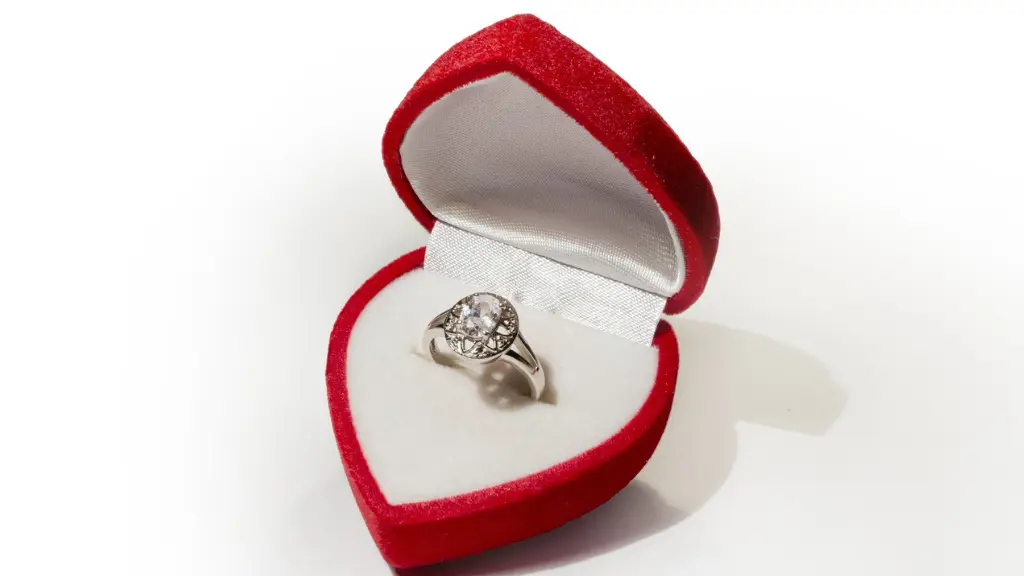
As a gemstone, blue spinel is formed in metamorphic rocks, particularly in marble and dolomite. It is a mineral that is composed of magnesium, aluminum, and oxygen. The formation of blue spinel occurs when magnesium and aluminum-rich rocks undergo high pressure and temperature conditions. During this process, the minerals in the rocks recrystallize, and the blue spinel mineral is formed.
Natural blue spinel is found in many parts of the world, including Afghanistan, Myanmar, Sri Lanka, and Tanzania. The gemstone is also found in Russia, Madagascar, and Vietnam. The color of blue spinel is a result of the presence of certain impurities, such as cobalt, iron, and chromium, in the mineral.
Physical Properties
Blue spinel is a hard and durable gemstone, with a Mohs hardness rating of 8. It has a vitreous luster and can be transparent to opaque. The gemstone is also known for its high refractive index, which gives it excellent brilliance and sparkle.
The color of blue spinel can vary from light blue to a deep, rich blue. In some cases, the gemstone may have a slight violet or greenish tint. The intensity of the color can also vary, with some blue spinel stone having a more saturated color than others.
Blue spinel is often confused with other blue gemstones, such as sapphire and tanzanite. However, blue spinel has its own unique characteristics, including its high refractive index and lack of pleochroism, which sets it apart from other blue gemstones.
In summary, blue spinel is a beautiful and unique gemstone that is formed in metamorphic rocks and has a range of physical properties that make it a valuable addition to any jewelry collection.
Types of Blue Spinel
Natural Blue Spinel

Natural blue spinel is a rare and valuable gemstone that is highly sought after by collectors and jewelry enthusiasts. It is found in various locations around the world, including Sri Lanka, Tanzania, and Vietnam. The color of natural blue spinel can vary from light blue to deep blue, and it is often prized for its intense and vivid hues.
One of the unique features of natural blue spinel is its ability to exhibit pleochroism, which means that it can display different colors when viewed from different angles. This property adds to its allure and makes it a popular choice for high-end jewelry.
Synthetic Blue Spinel
Synthetic blue spinel is a man-made version of natural blue spinel that is created in a laboratory. It is made using a process known as the Verneuil method, which involves melting and crystallizing various chemicals to produce a gemstone that has the same chemical composition and physical properties as natural blue spinel.
Synthetic blue spinel is often used as a more affordable alternative to natural blue spinel, and it is widely available in the market. It can be difficult to distinguish synthetic blue spinel from natural blue spinel without the use of specialized equipment, so it is important to purchase from a reputable dealer.
In conclusion, both natural and synthetic spinel blue offer unique and desirable qualities that make them popular choices for jewelry. Whether you prefer the rarity and beauty of natural blue spinel or the affordability and accessibility of blue synthetic spinel, there is a blue spinel option that will suit your needs.
Color Variations
Cobalt Blue Spinel
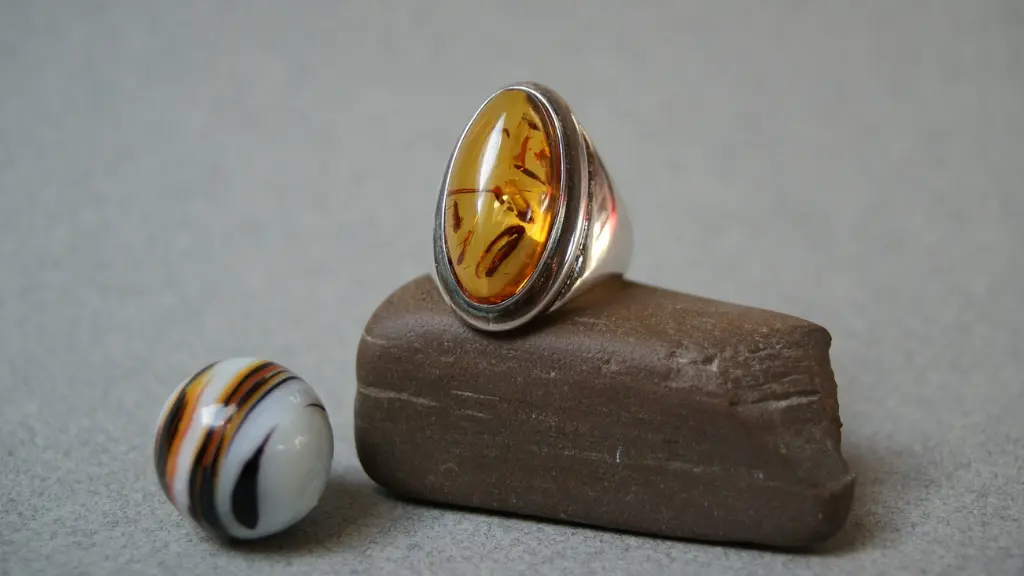
Cobalt blue spinel is a highly sought after gemstone due to its deep blue color and excellent clarity. It is a rare variety of blue spinel that gets its color from the presence of cobalt in its crystal structure. The cobalt gives the gemstone a vivid blue hue that is highly prized by collectors and jewelry enthusiasts.
Cobalt blue spinel is typically found in smaller sizes, but can occasionally be found in larger sizes as well. The gemstone is often cut into faceted shapes to showcase its brilliance and color. It is a durable gemstone that is suitable for everyday wear, making it a popular choice for engagement rings and other types of jewelry.
Other Blue Hues
In addition to cobalt blue spinel, there are several other blue hues of spinel that are also highly valued. These include:
- Royal blue spinel: A rich, deep blue color that is similar to sapphire.
- Greyish blue spinel: A muted blue color with hints of grey.
- Violet blue spinel: A blue color with purple undertones.
- Greenish blue spinel: A blue color with green undertones.
Each of these blue hues has its own unique beauty and appeal. They can be used in a variety of jewelry designs, from classic to modern.
Blue spinel is a versatile gemstone that can be found in a range of colors and hues. Whether you prefer the deep blue of cobalt spinel or the muted blue of greyish blue spinel, there is a color variation that is sure to suit your tastes. With its durability and beauty, blue spinel is a gemstone that is sure to be treasured for generations to come.
Mining and Origins
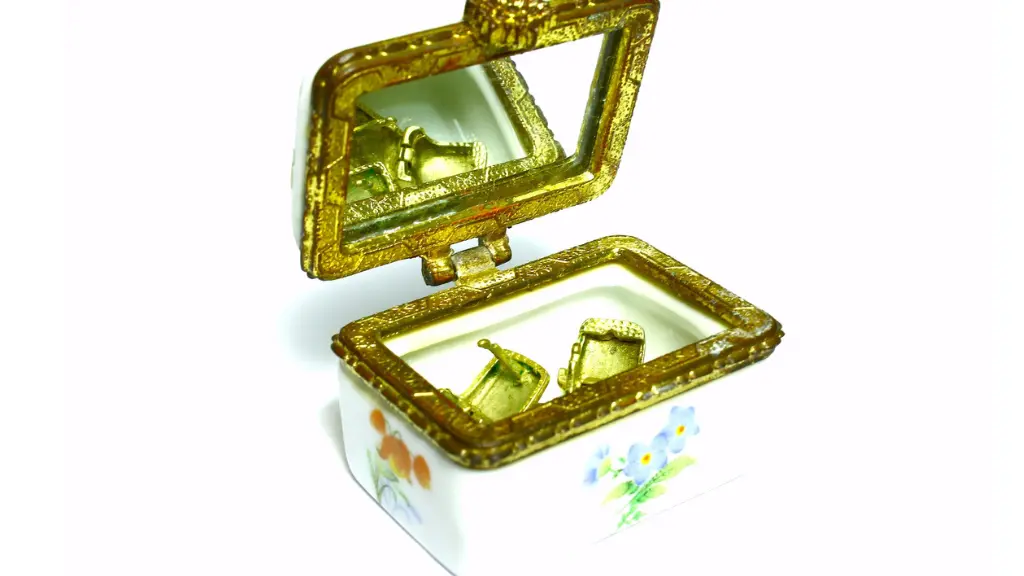
Blue spinel is a rare and highly sought-after gemstone that is primarily found in a few countries around the world. The most significant sources of blue spinel are Sri Lanka, Tanzania, and Madagascar. The gemstone is also found in smaller quantities in Vietnam, Myanmar, and Afghanistan.
Natural blue spinel is typically found in alluvial deposits, which are formed when minerals are eroded from their original source and transported by water to a new location. Due to its rarity, blue spinel is often mined by hand, making the mining process both challenging and time-consuming.
In Sri Lanka, blue spinel is primarily found in the Ratnapura district, which is known for producing some of the finest blue spinel in the world. In Tanzania, the gemstone is found in the Umba Valley, which is located in the northeast part of the country. Blue spinel from Tanzania is often a vivid blue color and is highly valued by collectors.
Madagascar is another significant source of blue spinel, with deposits located in the Andranondambo region in the southern part of the country. The gemstone is often found in association with other minerals, such as garnet and zircon.
Overall, the mining of blue spinel is a labor-intensive process that requires skilled workers and specialized equipment. However, the rarity and beauty of the gemstone make it a highly prized addition to any collection.
Value and Pricing
Factors Influencing Price

The value of blue spinel is mainly determined by its color, clarity, cut, and carat weight. The more intense and saturated the blue color is, the more valuable the gemstone is. In addition, the presence of secondary colors such as green or gray can affect the value of the stone. The clarity of the stone is also important, with fewer inclusions and blemishes indicating a higher value.
The cut of the stone is another factor that can affect its value. A well-cut blue spinel will have good symmetry, proportions, and a high level of brilliance. Finally, the carat weight of the stone can also affect its value, with larger stones generally being more valuable than smaller ones.
Other factors that can influence the price of blue spinel include the origin of the stone, the rarity of the color and size, and the demand for the stone in the market.
Price Comparison
Compared to other blue gemstones such as blue sapphire and blue topaz, blue spinel is generally less expensive. The price per carat of blue spinel can range from a few hundred dollars to several thousand dollars, depending on the factors mentioned above.
In general, blue spinel is more affordable than blue sapphire, which is a more well-known and highly sought-after gemstone. However, blue spinel can be more expensive than blue topaz, which is a more common gemstone.
Overall, the value and pricing of blue spinel can vary greatly depending on a number of factors. As with any gemstone, it is important to purchase from a reputable dealer and to have the stone evaluated by a qualified gemologist to ensure that you are getting a fair price for the stone.
Gemstone Quality and Grading
Clarity and Cut
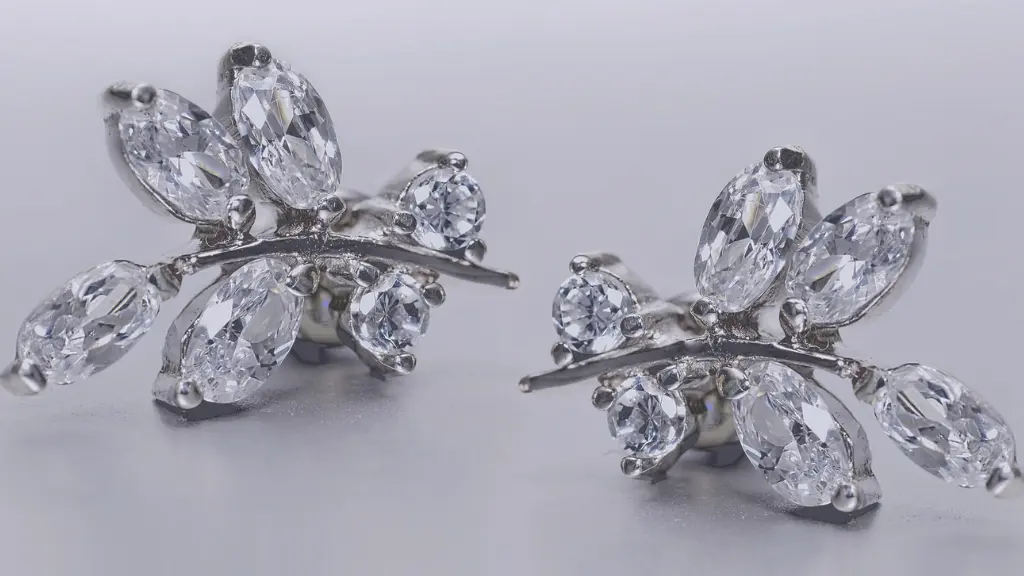
When it comes to evaluating the quality of blue spinel gemstones, two critical factors to consider are clarity and cut. Clarity is determined by the presence or absence of internal flaws, such as cracks, inclusions, and blemishes. The fewer the inclusions, the higher the clarity grade, and the more valuable the gemstone. Blue spinel is known for its high clarity, with most gemstones being eye-clean or nearly so.
Cut refers to the way the gemstone has been shaped and faceted. A well-cut blue spinel gem will have good proportions, symmetry, and polish, which will maximize its brilliance and fire. A poorly cut gemstone, on the other hand, will have a dull appearance and will not reflect light as well. The cut grade of a blue spinel gemstone is determined by factors such as its overall shape, the number of facets, and the angles between them.
Certification
When purchasing a blue spinel gemstone, it is essential to ensure that it has been certified by a reputable gemological laboratory. Certification provides assurance that the gemstone has been evaluated by trained professionals and that its quality has been accurately graded. Some of the most renowned gemological laboratories are the Gemological Institute of America (GIA), the American Gemological Society (AGS), and the International Gemological Institute (IGI).
Certification documents typically include information about the gemstone’s weight, measurements, color, clarity, and cut grade. They may also include details about any treatments or enhancements that have been applied to the gemstone. It is important to note that some blue spinel gemstones may be treated to enhance their color or clarity, which can affect their value. As a knowledgeable buyer, it is essential to understand these treatments and their impact on the gemstone’s quality and value.
In summary, when evaluating the quality of a blue spinel gemstone, it is essential to consider its clarity and cut grade. Additionally, purchasing a certified gemstone from a reputable gemological laboratory provides assurance of its quality and value.
Jewelry and Setting
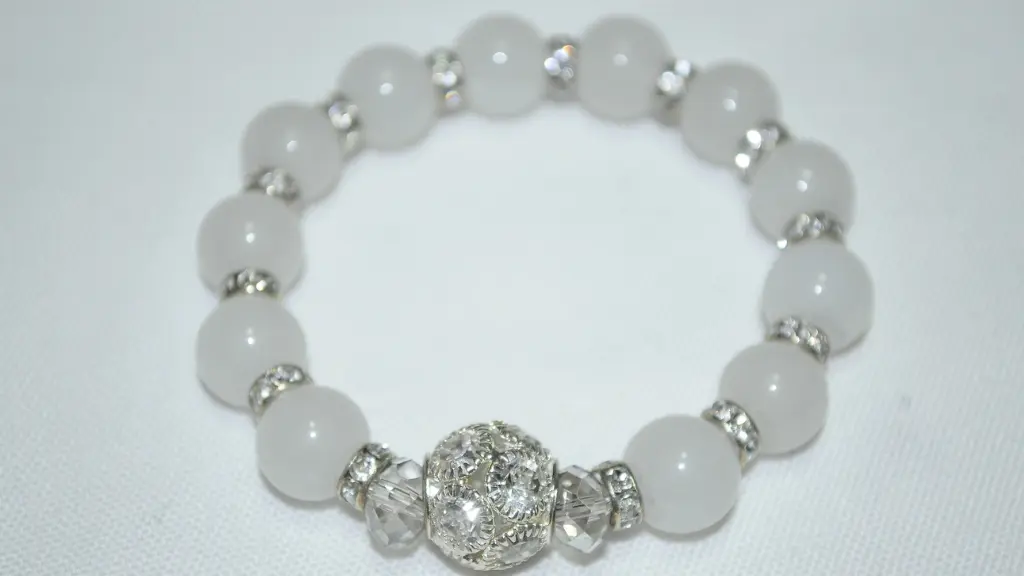
Blue spinel is a popular gemstone choice for jewelry due to its stunning blue color and durability. It is often used in engagement rings, earrings, necklaces, and bracelets.
When it comes to setting blue spinel, there are a variety of options available. The most common settings are prong, bezel, and pavé. Prong settings are popular for larger stones as they allow more light to enter the stone, while bezel settings offer more protection and are ideal for smaller stones. Pavé settings, on the other hand, are great for adding extra sparkle and can be used with any size stone.
Blue spinel can also be paired with other gemstones to create unique and beautiful jewelry pieces. It pairs well with diamonds, sapphires, and other colored gemstones.
When buying blue spinel jewelry, it is important to consider the quality of the stone as well as the craftsmanship of the setting. Look for stones with vibrant blue color and minimal inclusions. Pay attention to the quality of the metal used in the setting and make sure it is sturdy and well-made.
Overall, blue spinel is a versatile and beautiful gemstone that can be used in a variety of jewelry settings. Its durability and unique blue color make it a popular choice for those looking for something different than traditional gemstones like diamonds or sapphires.
Care and Maintenance
As an owner of a Blue Spinel gemstone, it is important to take proper care of it to ensure its longevity and beauty. Here are some tips on how to care for your Blue Spinel:
Cleaning
Blue Spinel can be cleaned using warm water and mild soap. Avoid using strong chemicals or ultrasonic cleaning devices, as these may harm the gemstone. Use a soft-bristled brush to gently scrub the gemstone and rinse it thoroughly with water. Gently wipe the gemstone with a soft cloth to dry it.
Storage
When not wearing your Blue Spinel, store it in a soft cloth or pouch to protect it from scratches and damage. Avoid storing it with other gemstones or jewelry that can scratch or damage the Blue Spinel.
Avoid Exposure to Extreme Temperatures
Blue Spinel should not be exposed to extreme temperatures or sudden changes in temperature. Avoid wearing it while doing activities that involve exposure to extreme heat or cold.
Regular Maintenance
Blue Spinel should be checked regularly for any signs of damage or wear. If you notice any scratches or chips on the gemstone, take it to a professional jeweler to have it repaired.
By adhering to these straightforward guidelines, you can keep your Blue Spinel gemstone looking stunning and in top condition for many years.
Market Trends and Collectibility
As a gemstone with a rich history and a stunning appearance, blue spinel has gained popularity among collectors and jewelry enthusiasts. In recent years, the demand for this gemstone has been steadily increasing, leading to a rise in prices.
One reason for the growing interest in blue spinel is its rarity. While spinel can be found in a range of colors, blue spinel is particularly rare, making it highly sought after. Additionally, natural blue spinel is often more valuable than treated or synthetic varieties.
Collectors are drawn to blue spinel for its beauty and uniqueness. Its vivid blue hue and brilliant sparkle make it a standout choice for jewelry, especially for those who want to stand out from the crowd. Its durability and hardness also make it a practical choice for everyday wear.
Conclusion
When it comes to market trends, the demand for blue spinel is expected to continue to rise. As more people become aware of its beauty and rarity, the demand for this gemstone is likely to increase even further. However, it is important to note that prices can vary widely depending on factors such as size, quality, and origin.
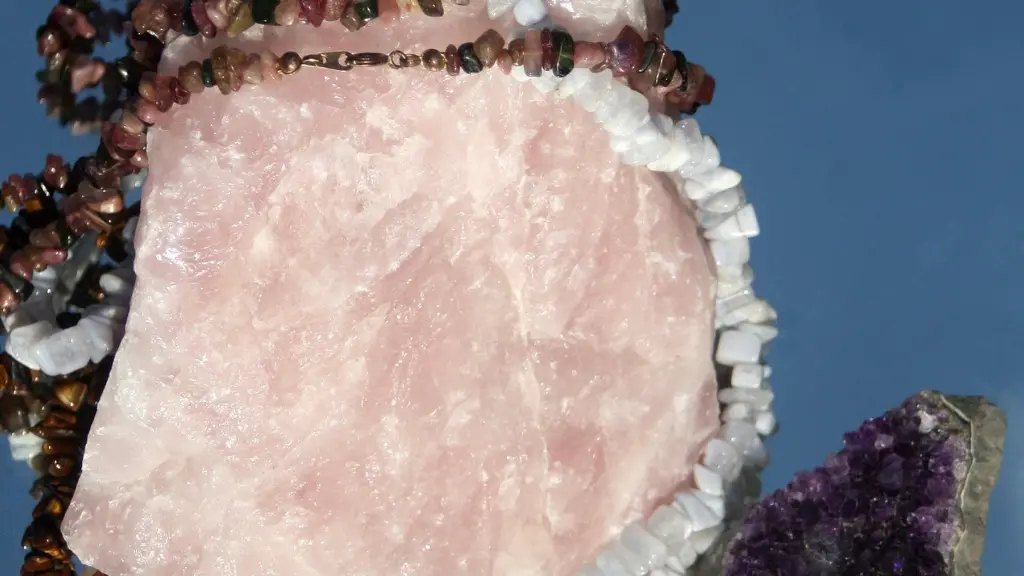
Overall, blue spinel is a gemstone that is highly valued by collectors and jewelry enthusiasts alike. Its rarity, beauty, and durability make it a desirable choice for those who appreciate fine gemstones. See also this related article: Painite: The World’s Rarest Gemstone.
Since 2015, Gustavo has been leaving an indelible mark on the digital landscape, leveraging his innate talent and unwavering commitment to produce high-quality articles for a diverse array of websites and portals.
Pingback: Angara Tanzanite: A Rare Gemstone with Exceptional Beauty - Gem Pro Services